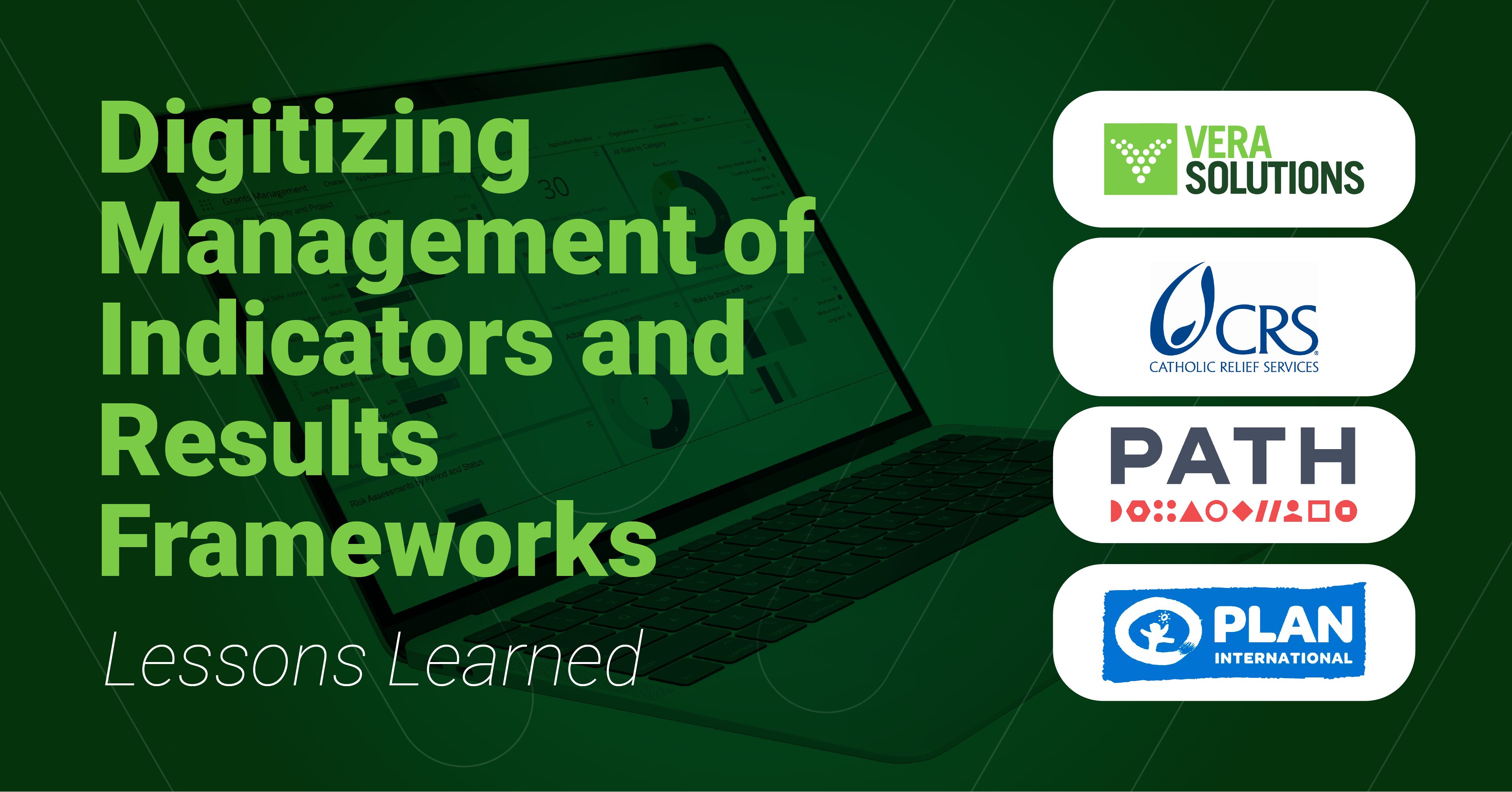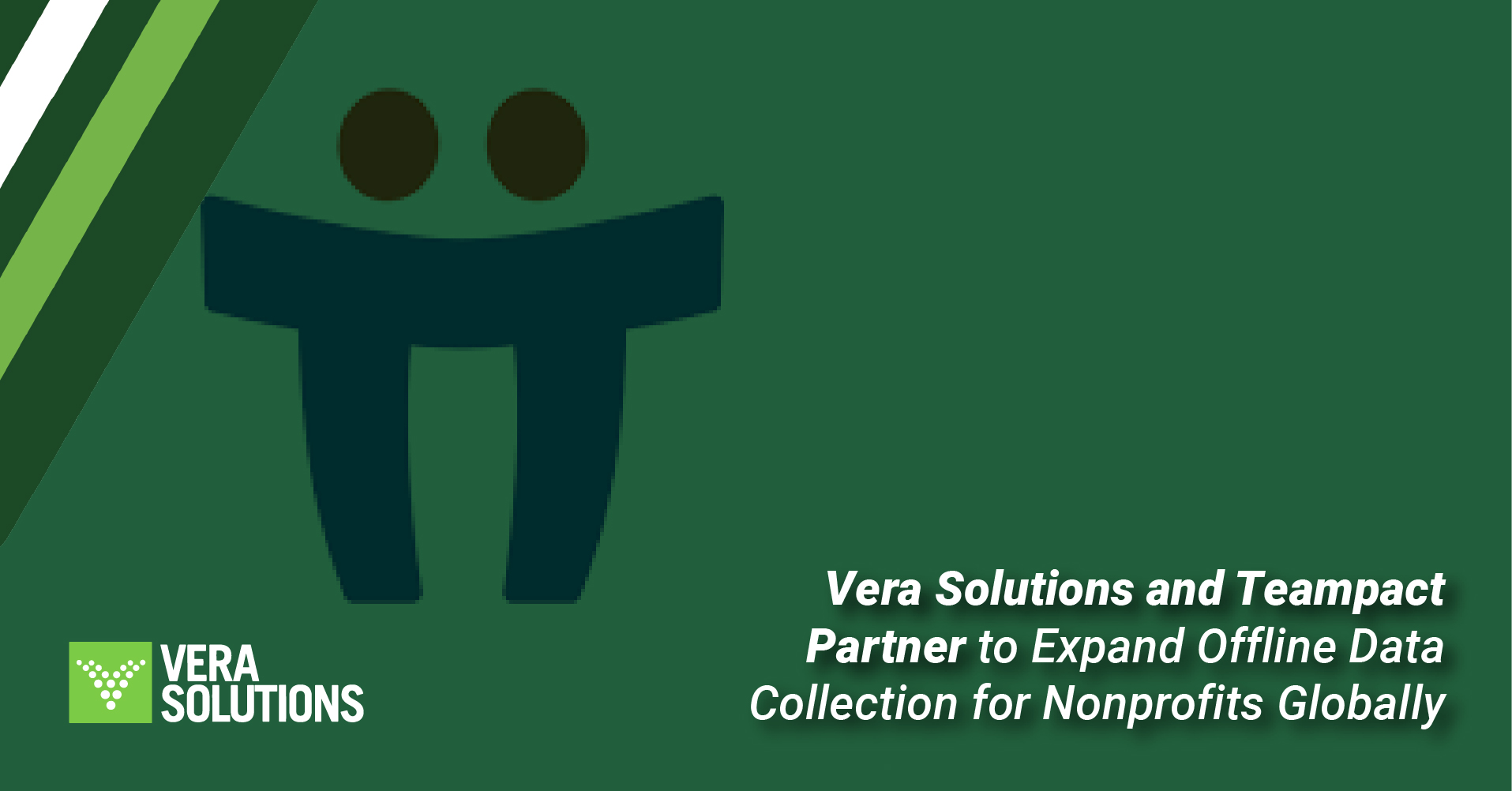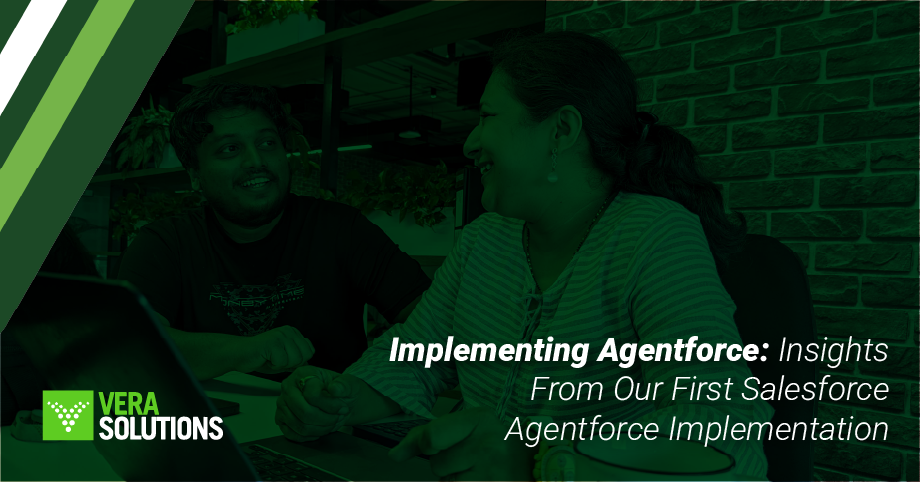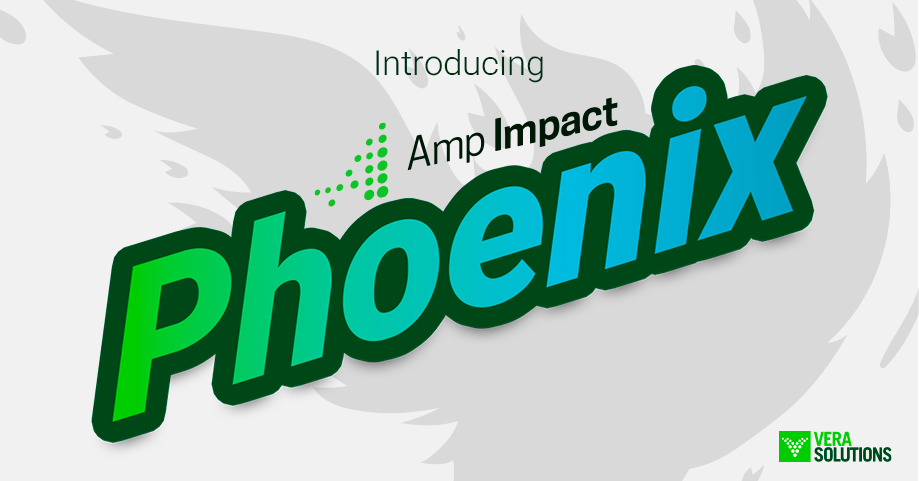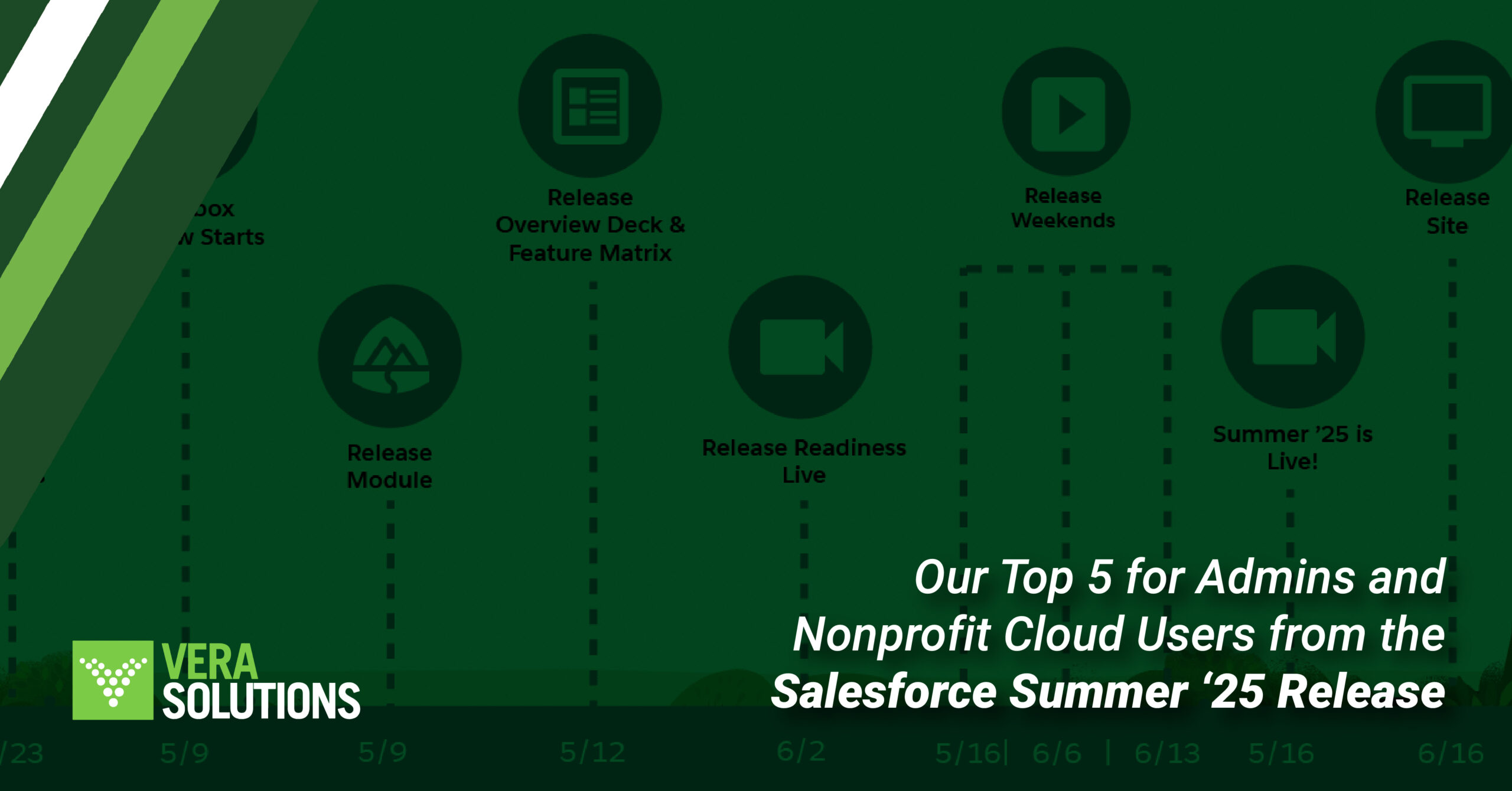As the nonprofit sector encounters growing complexities, the demand for transparency has become increasingly important. Technology solutions provide organizations with effective tools to streamline operations, measure their impact accurately, and optimize resource management. Transitioning from traditional spreadsheets to advanced online platforms enables organizations to centralize and standardize program data, streamlining operations. However, this shift presents its own set of challenges.
During a NetHope fireside chat hosted by Vera Solutions, panelists from Catholic Relief Services (CRS), PATH, and Plan International shared their experiences with digitization of Monitoring, Evaluation, and Learning (MEL) tools. They discussed how moving from fragmented spreadsheets to integrated digital systems has significantly improved their program monitoring and evaluation processes.
Here are four key takeaways from their journeys.
1. Digitizing Management of Indicators and Frameworks
Nonprofits face a multitude of operational and tactical decisions daily, making transparency across all organizational levels crucial. Accurate data collection across performance indicators is vital. Recognizing this need, Catholic Relief Services (CRS) adopted Amp Impact to enhance strategic measurement and ensure comprehensive performance visibility throughout the organization.
CRS has focused on 25 standard indicators across their projects, pulling in existing data for different sources and performing complex calculations where needed. Standardizing a small number of indicators and integrating them with other systems has greatly enhanced CRS’s ability to visualize and report data consistently across the agency.
Plan International described its digitization journey as the beginning of a larger transformation. Their country offices now set up projects and logframes in their Salesforce system with Amp Impact, reporting data against indicators aligned with their country strategies. This alignment has improved project performance visibility and accountability.
PATH launched Amp Impact in April 2022, beginning with a phased approach to avoid overwhelming project teams. From there, they evolved their system to include a standard set of 12 to 14 key indicators, each with detailed disaggregation for more granular intelligence and consistency in evaluations.
2. Tips to Keep in Mind
PATH learned that minimizing perceived effort while maximizing perceived gains is crucial for effective adoption. By introducing data visualizations and feedback loops early, they demonstrated immediate benefits to their teams, which helped drive adoption. Keeping the system simple initially made it easier for teams to engage with the platform and see its value quickly.
When Plan International began its digital transformation, data was scattered across teams, leading to inconsistencies and duplicate annual report requests. This fragmentation limited their ability to aggregate data effectively. To resolve these issues, Plan implemented a shared access system, allowing management and regional teams to enter data in real time. This improved efficiency, collaboration, and data use, enabling staff in different regions to access M&E tools easily. During this journey, they found that key strategies for going digital include prioritizing staff training, keeping data access open, and promoting collaboration among teams.
CRS highlighted the importance of indicator ownership and relevance. Sector-specific stakeholders were tasked with reviewing and questioning the identified metrics to ensure they were effective and aligned with their needs. This process is important because it encourages ownership and accountability, making sure the metrics align with the priorities of the stakeholders and improve the overall impact of their work.
3. The Importance of Change Management and Stakeholder Engagement
A recurring theme across all organizations was the critical role of change management and stakeholder engagement. Securing buy-in from various stakeholders, including Program, MEL, and IT departments, is essential for successful system implementation and long-term use. CRS highlighted the importance of executive endorsements in driving change. By focusing on sector-specific indicators and involving sector leaders, CRS also ensured the new system was embraced across teams working in different sectors.
Plan International emphasized integrating new systems with existing systems to provide a holistic view of project performance. This approach not only streamlined processes but also boosted motivation by showing tangible results from the data input.
4. Overcoming Challenges and Moving Forward
Despite their successes, each organization acknowledged that digitization is an ongoing process with its own set of challenges. Areas needing more focus include data quality, system integration, support, and training. PATH noted the importance of distributing reporting workload throughout the year to reduce the burden on project teams and enable timely data updates. Ongoing training and support are crucial to keep teams engaged and ensure the continued value of the new system.
CRS’ experience underscores the value of starting small and building on early successes. By focusing on a manageable set of indicators and gradually integrating them into their data ecosystem, CRS avoided overwhelming their teams and facilitated smooth system adoption. Similarly, Plan International’s approach to addressing data fragmentation and improving collaboration through shared systems has significantly enhanced data quality and organizational efficiency.
The journey towards digitization is complex, but the benefits of improved data centralization, standardization, and accessibility are clear. By focusing on change management, stakeholder engagement, and continuous improvement, organizations can effectively navigate this transition with solutions like Amp Impact and unlock their data’s full potential. For nonprofits looking to embrace digital transformation, these insights and challenges from PATH, CRS, and Plan International offer a helpful guide to smoothing transition and maximizing the benefits of new technologies.
Why Choose Vera Solutions?
With over 14 years of experience working with nonprofits, Vera Solutions has been a leader in developing fundraising, portfolio and program management, impact measurement, and grant management solutions on the Salesforce Platform.
Having taken an advisory role in the Nonprofit Cloud product suite development, we have some key insights and recommendations on where the new Salesforce NPC can add value and drive efficiencies for your organization.
Currently, over $12 billion of programs, grants, and projects advancing the UN Sustainable Development Goals are managed using Vera’s flagship product, Amp Impact. Our team has extensive knowledge of the nonprofit sector and deep experience in delivering the right solutions for a wide range of clients.
We also offer:
- A large pool of highly skilled and experienced Salesforce Consultants, with over 350 active Salesforce certifications and counting
- Experience successfully delivering over 1,000 projects in the social sector
- More than 430 customers working in 150+ countries
- A dedicated, multilingual team located across 5 continents
As a long-time Salesforce.org International Impact Partner and a Summit-Tier Salesforce Consulting Partner, we’ve been dedicated to the Salesforce nonprofit ecosystem for more than 14 years. With the growth of Amp Impact, Vera Solutions has also been recognized twice as Salesforce.org Product Partner of the Year (2019, 2022) and with a Partner Innovation Award (2021). As such, we are constantly evaluating the Salesforce platform’s latest features and enhancements and how they can be leveraged to support our clients’ missions.

